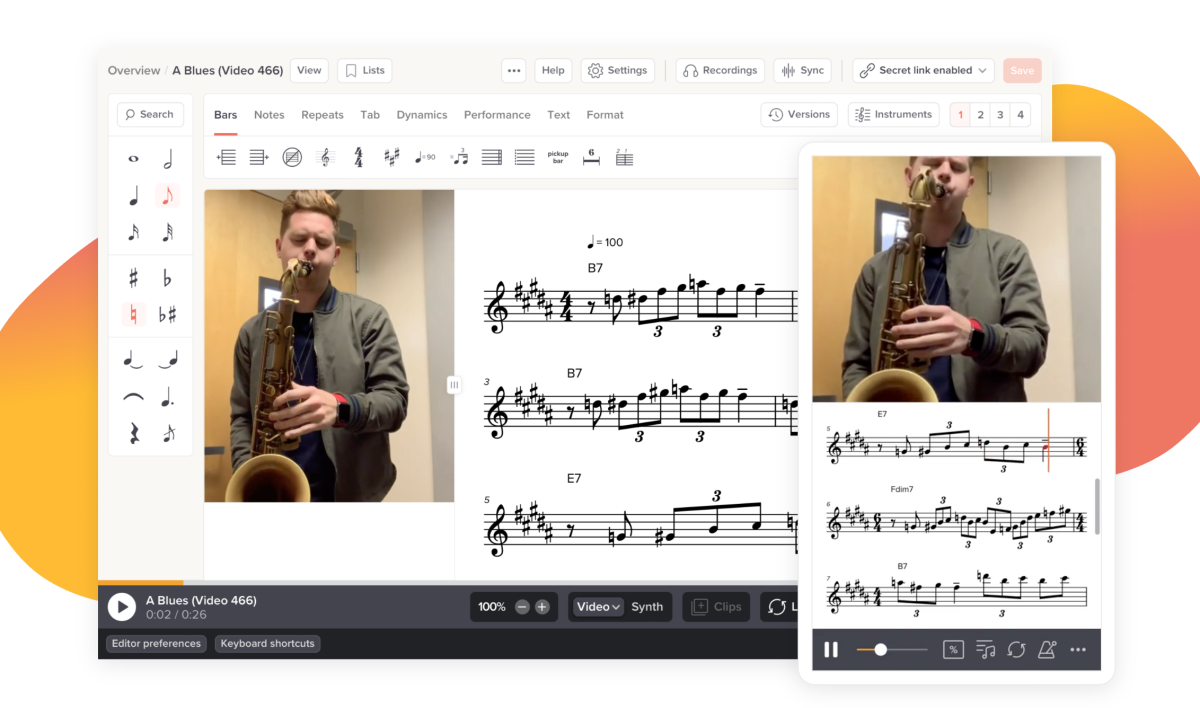ChatGPT’s Hallucinations About Soundslice Inspired the Founder to Build What Didn’t Exist
After repeatedly encountering fictional features invented by ChatGPT about his music learning platform Soundslice, founder Adrian Holovaty decided to turn the AI’s 'hallucinations' into reality—blurring the line between fiction and innovation.
In an unusual twist of AI-influenced innovation, Soundslice founder Adrian Holovaty has revealed that multiple features of his music learning platform were inspired not by user requests or strategic planning—but by ChatGPT hallucinations. The popular generative AI model had, on numerous occasions, confidently described Soundslice as already offering features it didn’t yet support. These fictional capabilities—like real-time ensemble feedback or gesture-based notation editing—were not only convincing to users, but also compelling to Holovaty himself.
“People would write to us referencing things they believed Soundslice could do because ChatGPT told them so,” Holovaty said in a blog post. “At first, it was frustrating. Then I thought—what if we just… built the things?” What Is Soundslice? Soundslice is an interactive music education platform that synchronizes audio and video with music notation.
It’s used by educators, students, and musicians globally to practice, transcribe, and share complex performances with precise playback. The core value lies in its ability to let users slow down music, loop tricky passages, and follow along with synced notation—all in the browser. ChatGPT’s Fictional Features Among the features ChatGPT repeatedly attributed to Soundslice: - AI-generated fingering suggestions for various instruments - Collaborative live jamming through synced browsers - Real-time harmony feedback during practice sessions - Mobile gesture controls for annotation and score playback - Adaptive practice difficulty based on mistake trackingTo be clear—none of these features existed at the time.
But because ChatGPT’s responses were phrased so confidently and authoritatively, musicians and students started believing them. From Fiction to Product Roadmap Rather than dismiss the phenomenon, Holovaty embraced it. “It felt like free product ideation,” he said.
“Some of the ideas were genuinely clever and aligned with our mission. ”Over the past year, Soundslice quietly began prototyping select 'hallucinated features. ' For instance: - A beta version of adaptive mistake tracking launched in June - Gesture-based score navigation was released on mobile in May - The team is now exploring machine learning-powered fingering suggestions for pianists and guitaristsHolovaty noted that while not every hallucinated feature is feasible or practical, the ones that align with pedagogy and usability are getting serious attention.
The Larger Implication: AI as Accidental Product Manager The incident shines a light on an emerging phenomenon in product development: AI hallucinations as prompts for innovation. When generative models like ChatGPT invent plausible-but-nonexistent features, they may accidentally serve as informal user research—especially when end users believe the hallucinations and start expecting them. Product teams can treat these as “phantom demand signals”—useful insights into what users want, even if they didn’t explicitly ask.
It also raises philosophical questions: if an AI consistently describes a product as having a certain feature, does that create social pressure or inevitability to implement it? A Playful Response to a Serious Trend Holovaty doesn’t see this as an indictment of AI. In fact, he embraces the creative chaos:> “ChatGPT wasn’t malicious. It just imagined a better Soundslice.
And if we have the power to make that vision real—why not?”He has even considered launching a changelog section titled *“As hallucinated by AI. ”* Conclusion: When Fiction Becomes Feature The Soundslice saga is more than a quirky AI anecdote—it’s a glimpse into a future where machine-generated myths drive real-world product innovation. As AI tools become more embedded in how we search, ideate, and build, the boundary between truth and possibility may become increasingly flexible.
For Holovaty and Soundslice, that’s not a risk—it’s an opportunity.
9th July 2025



